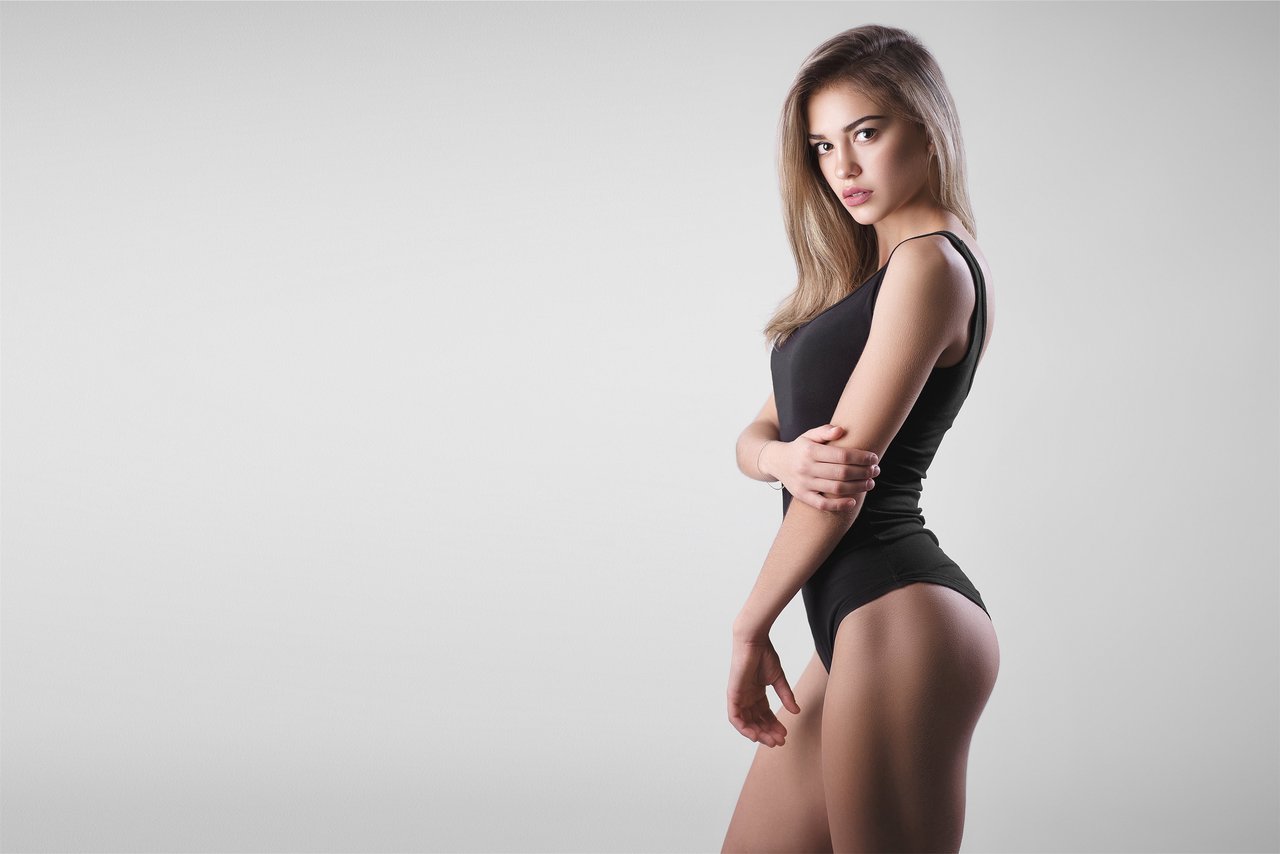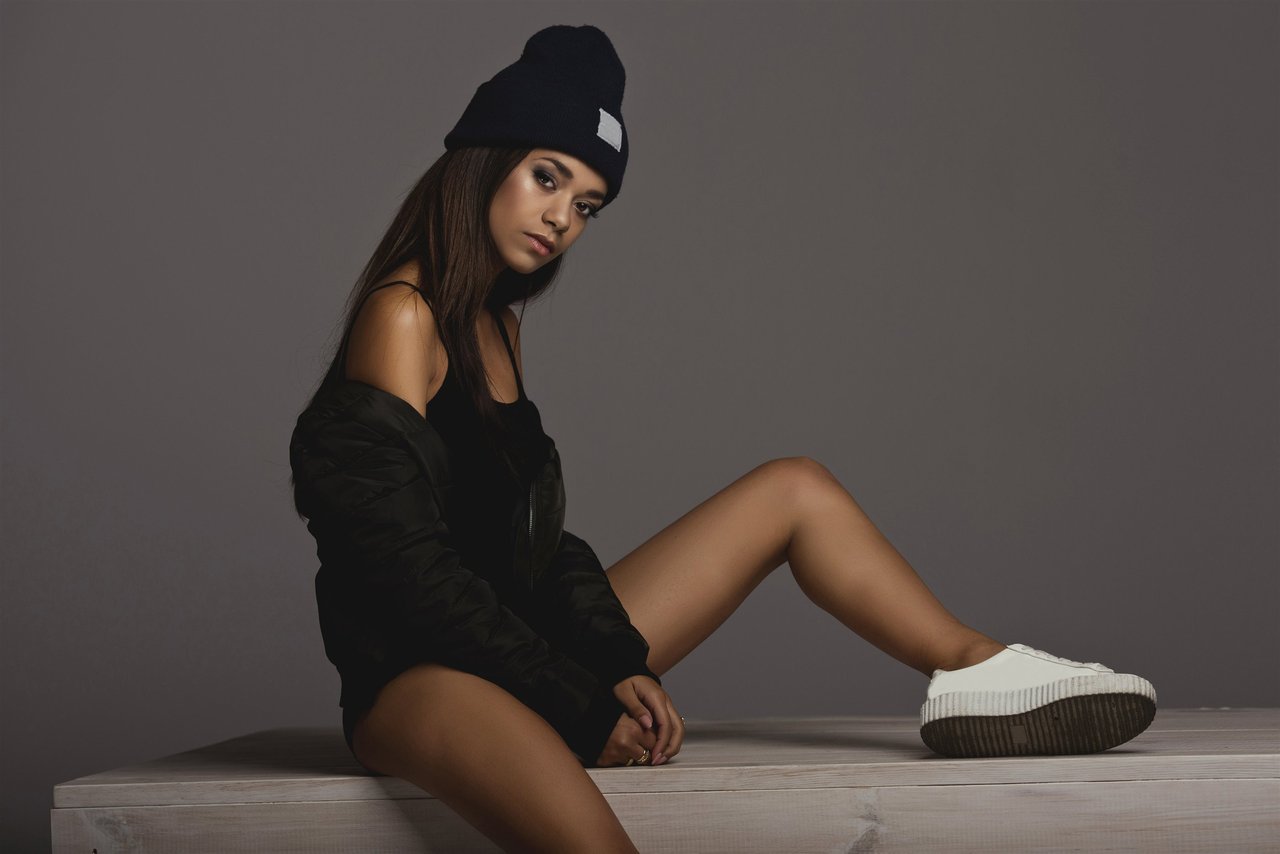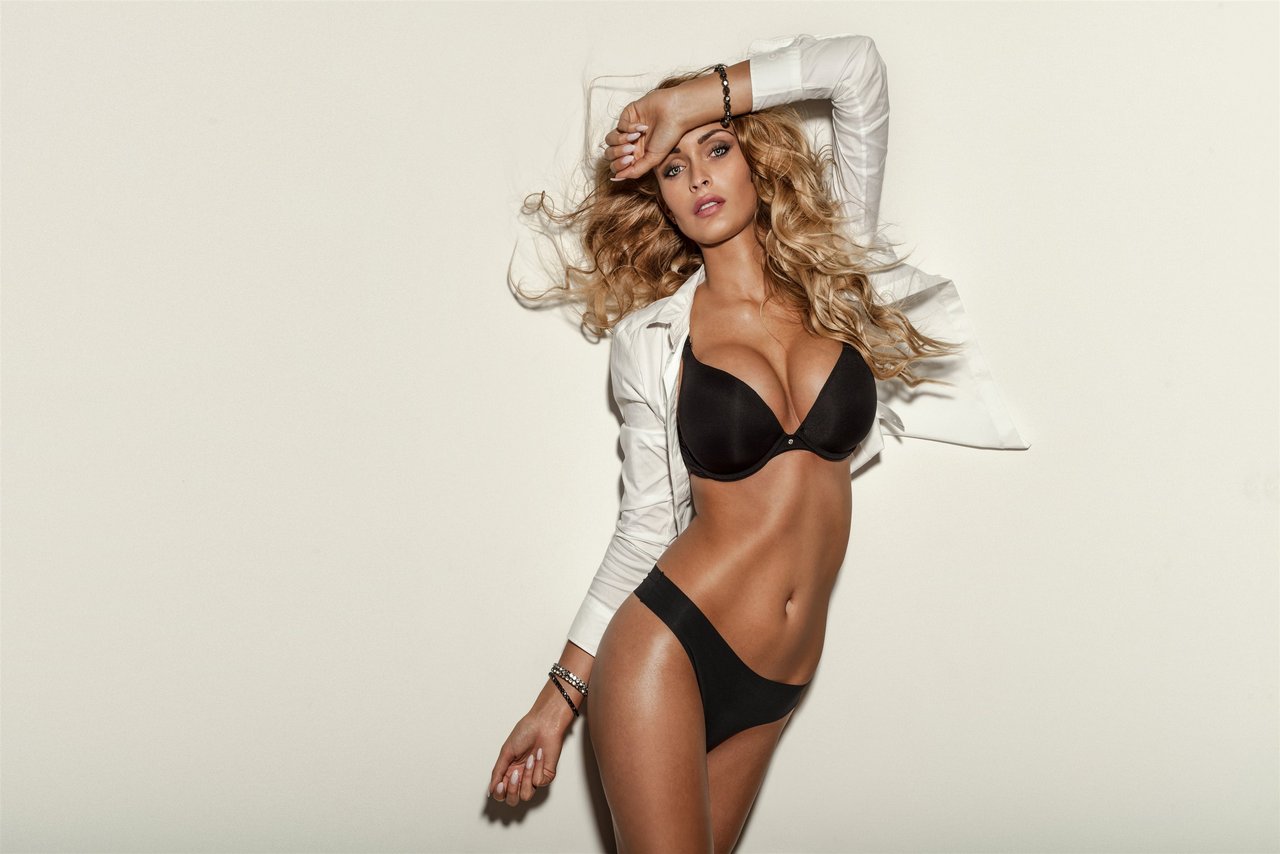Famous bisexual people challenging stereotypes and making history
Visibility is an act of rebellion. When famous bisexual people stand publicly in their truth, something inside the rest of us quietly unlocks. They don’t fit neatly into a box—and that unknown can make some people uncomfortable. But that’s also their power. Through music, movies, and interviews, openly bisexual celebrities force others to look at bisexuality without a filter of stereotypes. Public figures carry a weight; their names represent more than their talent. Every headline, every viral moment, chips away at old ideas that bisexuality is confused or performative. These bisexual stars show us the breadth of real human experience. Positive representation matters—each face on the red carpet is a signal that bisexuality can be complex, honest, and deeply valid. The world changes one story at a time. Sometimes, seeing a person you admire own their story is what gives you permission to own yours.
Bisexual actors redefining what it means to belong in film and TV
Bisexual actors know what it feels like to live between the lines—on screen and off. Some, like Sara Ramirez and Tessa Thompson, didn’t just portray queer characters; they spoke openly about their own lives, forcing Hollywood to look inward. This isn’t about token gestures. When actors come out as bisexual, they rewrite the script for everyone after them. Newcomers like Amandla Stenberg build on these foundations, claiming their space unapologetically. Instead of hiding, they push for roles where sexuality is more than a plot twist. Their influence moves beyond the industry—they become bisexual role models and catalysts within the LGBTQ+ community. On screen, their presence chips away at stereotypes. Off screen, their honesty resonates with people quietly questioning if anyone else feels this way. More than ever, audiences get to see diverse sexuality woven into stories—where bisexuality is shown as real, nuanced, and as deserving of love as any other identity.
Bisexual women in entertainment raising voices and expectations
Some victories arrive with a whisper, others with a storm. Consider Halsey, whose lyrics and activism shine a light on bisexual representation, or Megan Fox, always open about her attraction to both women and men. Their coming out stories sparked thousands more—ripple effects across social media and the world. Then there’s Kristen Stewart, who never let the headlines write her life for her. These bisexual women are more than muses; they are architects of a more inclusive community. So much of their advocacy is about honesty: refusing to shrink themselves to fit anyone’s expectations. Each time they’re asked intrusive questions and answer anyway—it’s a lesson in boundaries and self-possession. Their presence in entertainment signals to other women: your story is real, and you’re not alone. The normalization of bisexuality grows with every bold voice refusing to dim in the shadows.
Bisexual men in music, sports, and film disrupting assumptions
It’s easy to overlook the pressure faced by bisexual men publicly navigating fame. Fluidity makes people nervous. But names like Alan Cumming, Frank Ocean, and former NFL player Ryan Russell have anchored themselves in authenticity, using their platforms to spark conversations about sexual fluidity and challenge expectations. When these men came out, some called their courage revolutionary; others wanted to argue identity semantics. But the truth is less dramatic: honesty is radical, especially when the world prefers convenient labels. Each admission ripples out to fans—and also critics—forcing both to examine what masculinity, vulnerability, and attraction mean. In breaking silence, these men become templates for living authentically, reminding us that genuine self-acceptance can be contagious. It’s a reminder that the spectrum of attraction deserves room in sport, music, and life, regardless of what tradition tries to enforce.
Bisexual singers using music to amplify identity and awareness
No other medium holds a mirror to the soul quite like music. Bisexual singers such as Lady Gaga, Halsey, and Frank Ocean wield their platforms as tools for bisexual awareness and visibility. Lady Gaga’s “Born This Way” isn’t just a song—it’s an anthem, a pledge of belonging for millions who felt unseen before mainstream pop recognized them. Halsey uses lyrics and interviews as both shield and sword, advocating against bisexuality stereotypes and for positive representation. Frank Ocean’s emotional honesty in “Channel Orange” was enough to shock an industry built on code. Each high-profile moment—whether on stage at pride events or accepting an award—becomes a thread connecting fans who may still doubt their place in the world. Their presence confirms that music can unify, heal, and declare that being authentically oneself in public is worth every challenge.


